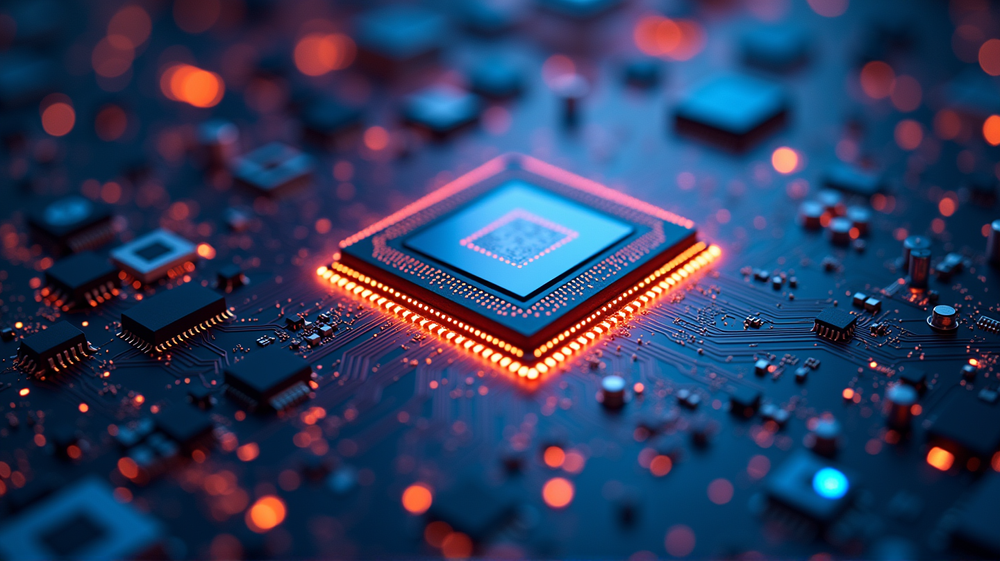Turning Spin Loss on its Head: KIST's Leap in Spintronics
A Quantum Leap in Spintronics
In the vibrant and rapidly changing world of electronics, a revolutionary field known as spintronics stands poised to redefine how we interact with technology. This innovation leverages the quantum mechanical property of electrons known as spin, offering new avenues for creating memory devices and computing systems that operate with unprecedented efficiency.
Unveiling Possibilities with Spin Loss
According to BIOENGINEER.ORG, the Korea Institute of Science and Technology (KIST) has been at the forefront of discovering new ways to harness spintronics for practical gains. Their recent groundbreaking research unlocks the potential of “spin loss” — once considered a hindrance — transforming it into a catalyst for energy conservation and improved magnetic control.
Revolutionizing Magnetic Control
Traditionally, the spin loss was a challenge, reducing magnetization efficiency. However, KIST’s innovative approach reprograms this phenomenon into an ally for spontaneous, energy-efficient magnetization reversals. Intricate experiments demonstrate that escaping spins, rather than being wasted, can trigger reactions within magnetic materials, enhancing their performance.
Beyond the Research Lab: Practical Implications
KIST’s technique shows promising implications that could seamlessly integrate with existing manufacturing processes, revolutionizing electronics across various domains. Especially in fields like AI and edge computing, this advancement heralds a future where powerful yet compact semiconductor devices become a reality — opening doors to more sophisticated applications driven by swelling demands for efficiency.
Paving the Future for AI and Computing
As efficiency continues to be the bedrock of technological progress, spin loss redefined as an energy source marks a transformative shift. With an eye toward ultra-low power consumption, this innovation aligns with the growing need for sustainable AI technologies. Dr. Dong-Soo Han, a monumental figure in this research, highlights a paradigm where spin loss is not merely minimized but utilized as a valuable energy resource.
A New Age of Spintronics Exploration
With the research published in Nature Communications, KIST’s breakthrough gains growing attention, setting the stage for future exploration and challenging researchers worldwide to say goodbye to conventional limitations. By leveraging what was once seen as technological waste, this scientific leap inspires fresh perspectives that promise new paradigms in electronics.
Conclusion
KIST’s research not only spurs a new age of spintronics but stands as a testament to the power of creative scientific inquiry. By embracing spin loss, we open doors to a future teeming with inventive and energy-efficient technologies, defining the next leap in the evolution of information processing devices. With eyes on unseen horizons, the world embraces the change — powered by the spin of an electron.




